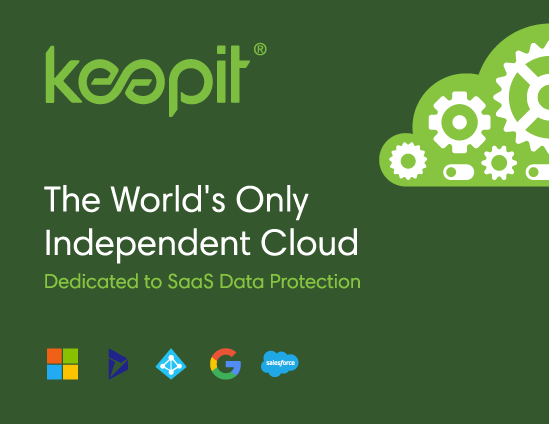
Brought to you by:
Enterprise Strategy Group | Getting to the Bigger Truth™
ESG SHOWCASE
The Key Trends and Challenges for SaaS Data Protection in 2022
By Christophe Bertrand, Senior Analyst; and Monya Keane, Senior Research Analyst
DECEMBER 2021
Abstract
Market Trends
The Big SaaS Backup and Recovery Disconnect
Reliance on SaaS vendors for data protection is based on a serious, risky misunderstanding. Cloud service providers will not back up organizations’ data for them.
Figure 1. Causes of Data Loss in SaaS Environments
Source: Enterprise Strategy Group
SaaS Data Is Protected Through a Shared Responsibility Model
Losing data is a business-level problem, not simply an IT headache.
Figure 2. The SaaS Shared Responsibility Model

Source: Enterprise Strategy Group
Fewer Organizations Can Recover All of Their Microsoft 365 Data Today
Figure 3. Success Rate of Microsoft 365 Recoveries
Source: Enterprise Strategy Group
Salesforce and Other SaaS Workloads Present Similar Challenges
Cyberattacks have a tight connection to cloud data loss, and it goes beyond ransomware.

How Keepit Can Get Your SaaS Data Back in Seconds
Figure 4. The Keepit Solution

Source: Enterprise Strategy Group
The Bigger Truth
This ESG Showcase was commissioned by Keepit and is distributed under license from ESG.
All trademark names are property of their respective companies. Information contained in this publication has been obtained by sources The Enterprise Strategy Group (ESG) considers to be reliable but is not warranted by ESG. This publication may contain opinions of ESG, which are subject to change from time to time. This publication is copyrighted by The Enterprise Strategy Group, Inc. Any reproduction or redistribution of this publication, in whole or in part, whether in hard-copy format, electronically, or otherwise to persons not authorized to receive it, without the express consent of The Enterprise Strategy Group, Inc., is in violation of U.S. copyright law and will be subject to an action for civil damages and, if applicable, criminal prosecution. Should you have any questions, please contact ESG Client Relations at 508.482.0188.

Enterprise Strategy Group | Getting to the Bigger Truth™
Enterprise Strategy Group is an IT analyst, research, validation, and strategy firm that provides market intelligence and actionable insight to the global IT community.
